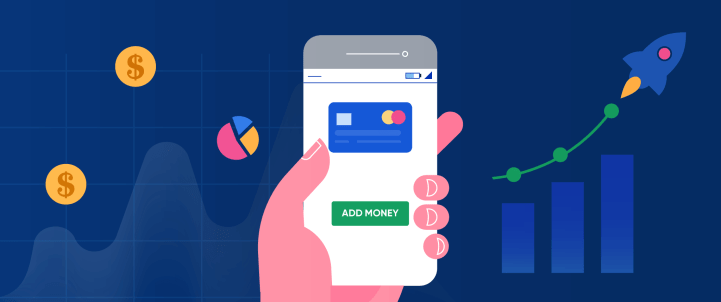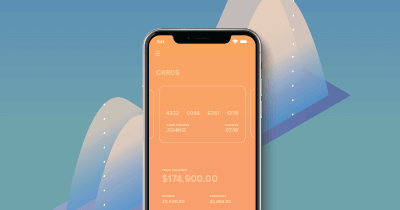To achieve hypergrowth, Fintech brands must use analytics to understand and optimize every stage of the user journey – from acquisition to retention and advocacy.
That was the takeaway of a recent webinar we hosted with AppFollow, featuring two veteran fintech leaders: Samantha Ceppos, VP of US Performance Marketing at gohenry, and Vartika Ambwani, VP of Fintech at Silicon Valley Bank.
Read on to get an overview of the key insights shared, or watch the full webinar on-demand.
Target High-Impact Levers in Paid & Organic User Acquisition
The most effective Fintech user acquisition strategies draw on organic and paid tactics to amplify each other, creating a high-efficiency funnel. Ceppos described the interplay between the two in her battle-tested approach to optimizing acquisition:
- Organic and referral
- Paid media
- TV
- Podcasts, affiliates, and influencers
- Experimentation (OOH, new formats)
Ambwani shared some of the organic acquisition tactics that have been working well for Fintech portfolio clients, including waitlists (pre-launch) to generate demand and exclusivity, and app store optimization to drive organic impressions and discovery.
Onboarding and Product Stickiness are Daunting but Solvable Challenges
It’s no secret that Fintech apps face massive challenges around user onboarding:
The Fintech user experience can be complex for first-time users, with new workflows, integrations with other tools, regulatory disclosures, etc. And as Ceppos and Ambwani pointed out, these obstacles persist even after successfully onboarding a new customer.
How can Fintech apps overcome product stickiness hurdles? Both speakers shared insights on how hypergrowth brands are building a more seamless user journey:
- Analytics: Use quantitative measurement (and qualitative tools, like user feedback) to pinpoint and understand common dropoff and friction points.
- Personalization: Reinforce your app’s value with personalized, cross-channel campaigns.
- User-Centric Design: Have a clear understanding of the needs and preferences of users – both in terms of UI (what is your user’s expectation when they reach a certain screen?), but also in terms of product offerings (are dropoffs happening because the app isn’t addressing your customer’s main needs?).
CLV:CAC Should be the North Star Metric for Fast-Growing Fintech Brands
While Ceppos and Ambwani both look at dozens of KPIs daily to manage the health of their respective brands, they agree on the “north star” for any hypergrowth brand: the ratio between customer lifetime value (CLV) and customer acquisition cost (CAC).
From her experience as both a Fintech operator and advisor, Ambwani spoke about a common trap for startups in the space: investing in splashy, high-budget advertising and acquisition campaigns without a credible payback or unit economics plan.
And Ceppos spoke about the importance of aligning CLV with a robust acquisition strategy. In her experience, the most effective acquisition teams constantly feed closed-loop signals of user quality and engagement back into the acquisition engine to optimize channels and tactics.
The Bottom Line
There’s no silver bullet for hypergrowth, but Ceppos and Ambwani made a convincing case that the world’s most successful fintechs do things differently. They systematically align their teams and analytics around the customer journey – and deliver personalized experiences at every stage.
Read more:
- The Complete Guide to Customer Retention for Fintech Apps
- Fintech App Teardowns: How the Best in the Business Attract, Engage, and Retain Customers
- 5 Epic Fintech Marketing Campaigns
- The New Rules for Fintech in 2021
- How to Humanize Your Fintech App
- 5 Fintech Trends Taking the Industry by Storm
- Referrals are Fintech’s Most Powerful Marketing Weapon
Industry Benchmarks for Mobile Payment Apps
Shivkumar M 
Head Product Launches, Adoption, & Evangelism.Expert in cross channel marketing strategies & platforms.
Free Customer Engagement Guides
Join our newsletter for actionable tips and proven strategies to grow your business and engage your customers.
















































